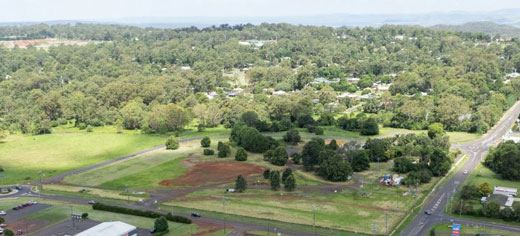With a world-class fishing industry right on our doorstep, it’s little wonder so many Western Australian consumers are hooked on seafood.
But if you’ve ever sat down at a restaurant and thought there was something fishy about the menu, rest assured that changes are coming to help clear up some of the confusion.
In a move designed to increase consumer awareness about where our food comes from, the Federal Government is working with restaurants, cafés and hotels across Australia to implement mandatory country of origin labelling on the seafood being served.
Knowing where their food comes from can be important for consumers, who may be prepared to pay a little extra for home-grown products. However, research found a common misconception exists that seafood sold in hospitality settings is Australian, when it is actually often imported.
Under the new plan, businesses will need to show if their seafood is from Australia, imported or both, and the Federal Government’s Department of Industry, Science and Resources is inviting feedback on how it will work.
Some restaurants and cafes already display seafood origin information for consumers, however there isn’t any national consistency like there is for food purchased at the supermarket.
Since 1 July 2018, a mandatory country of origin food labelling system has been in place for food available for retail sale in Australia, including food sold in stores or markets, online or from a vending machine.
Any labelling claim likely to mislead consumers is a breach of the Australian Consumer Law. If you see a country of origin claim that you think is misleading or does not comply with the law, then you can make a consumer complaint.
To have your say on the new country of origin labelling for seafood in hospitality, fill out the at before it closes on 15 March 2023.








